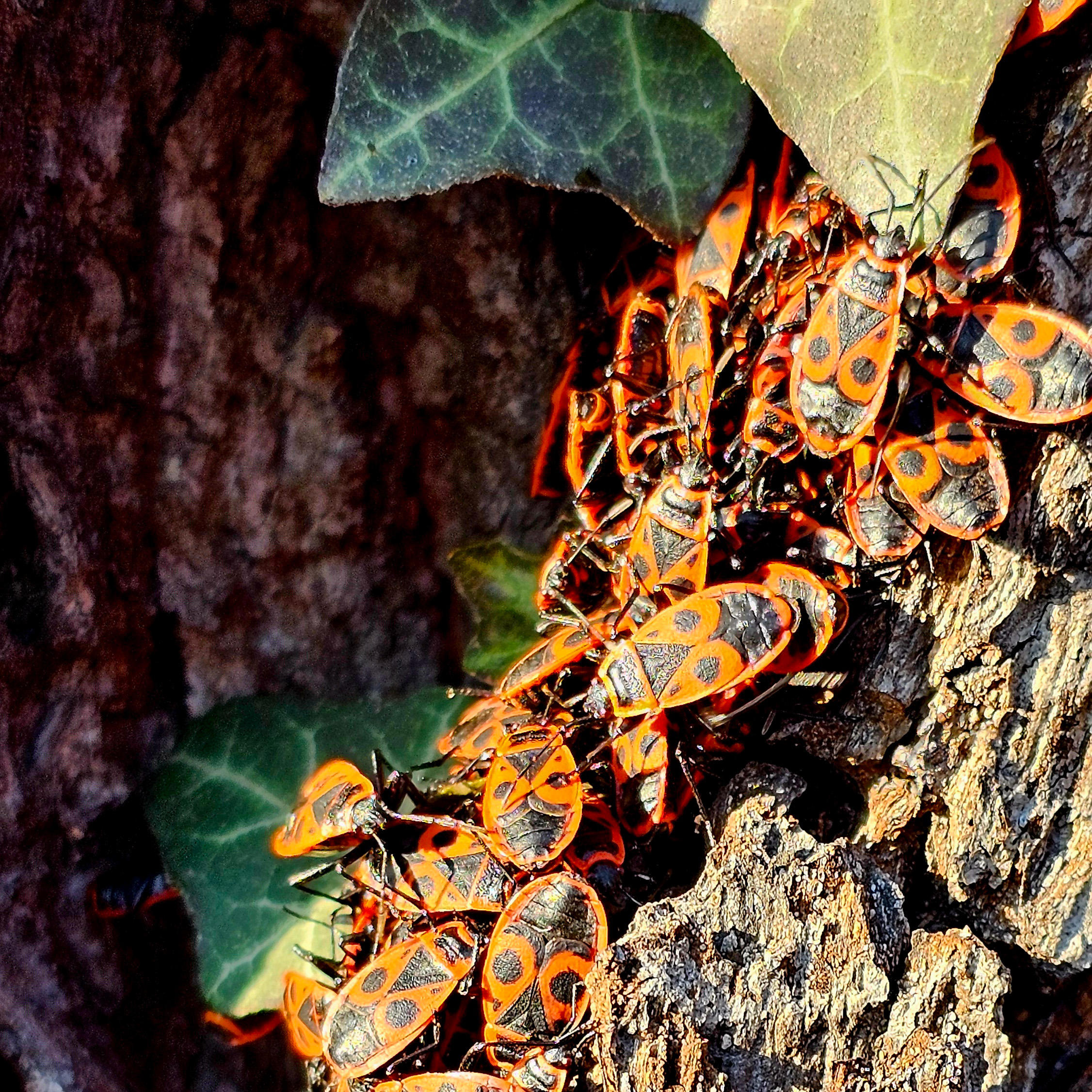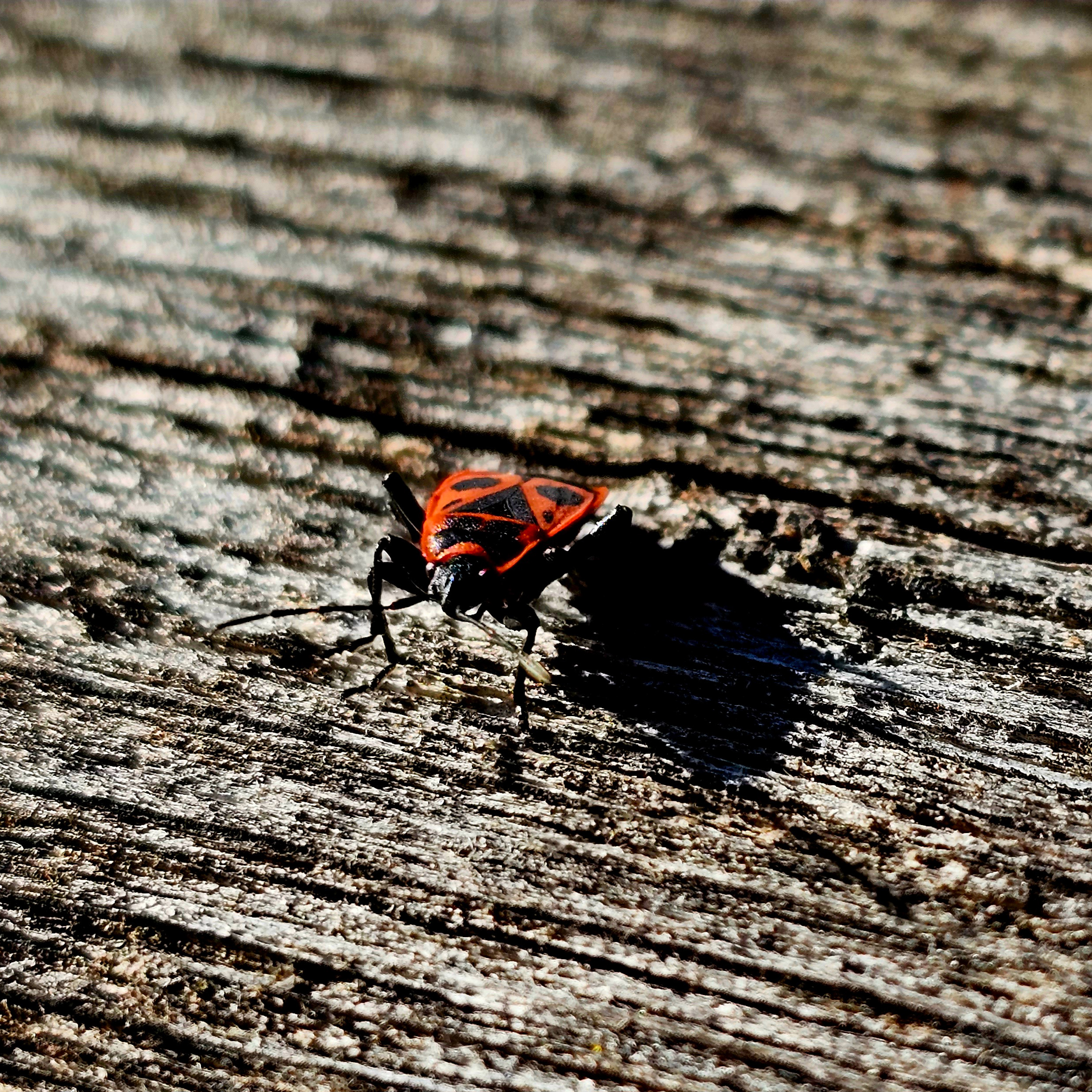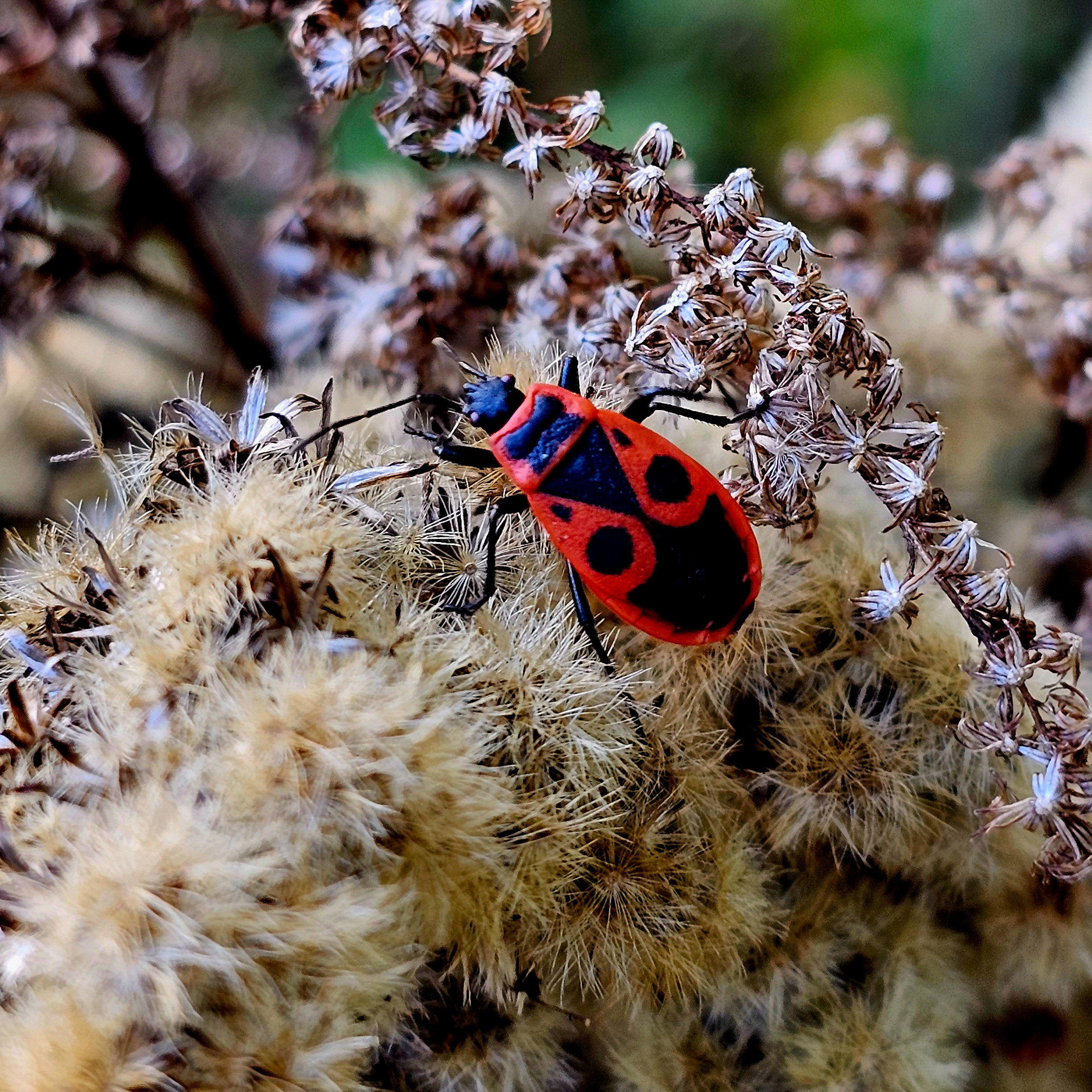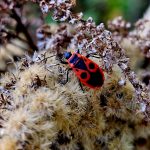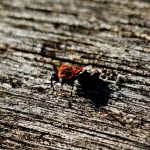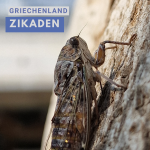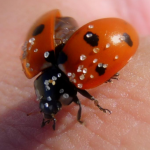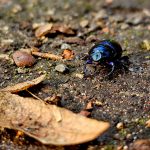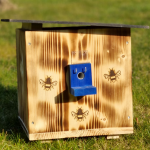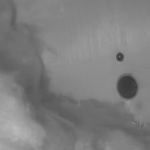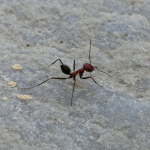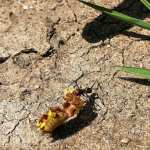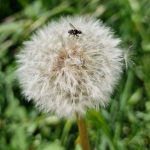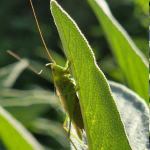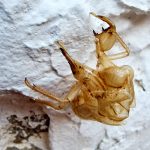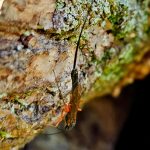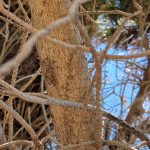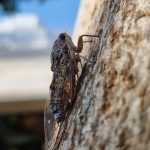In the warm months of the year, when nature is in full bloom, they appear in gardens, forests and parks: the beautiful fire beetles. These fascinating creatures are among the most diverse and striking insects that animate our surroundings. Their distinctive appearance and unique behavior make them a captivating element in nature.
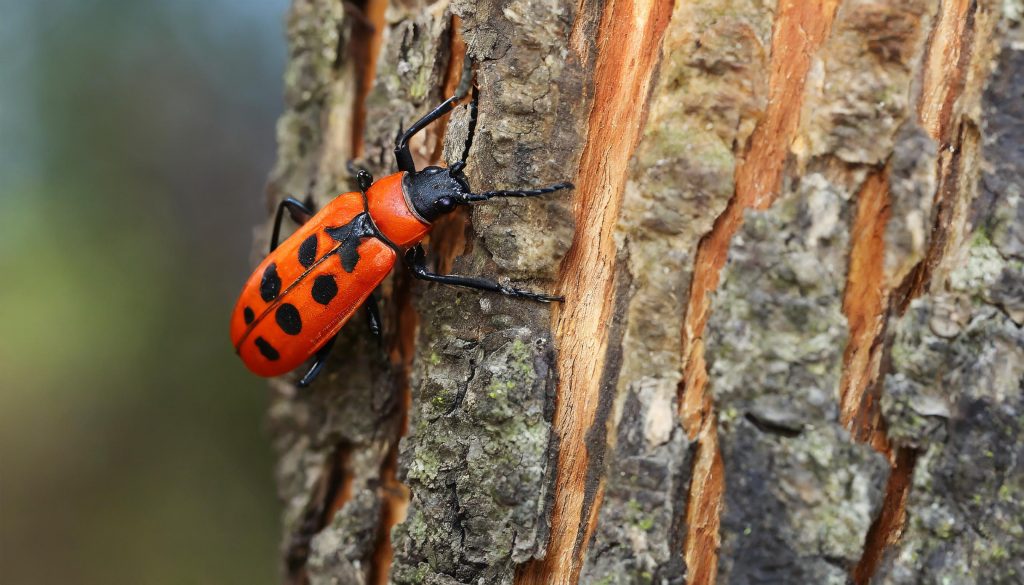
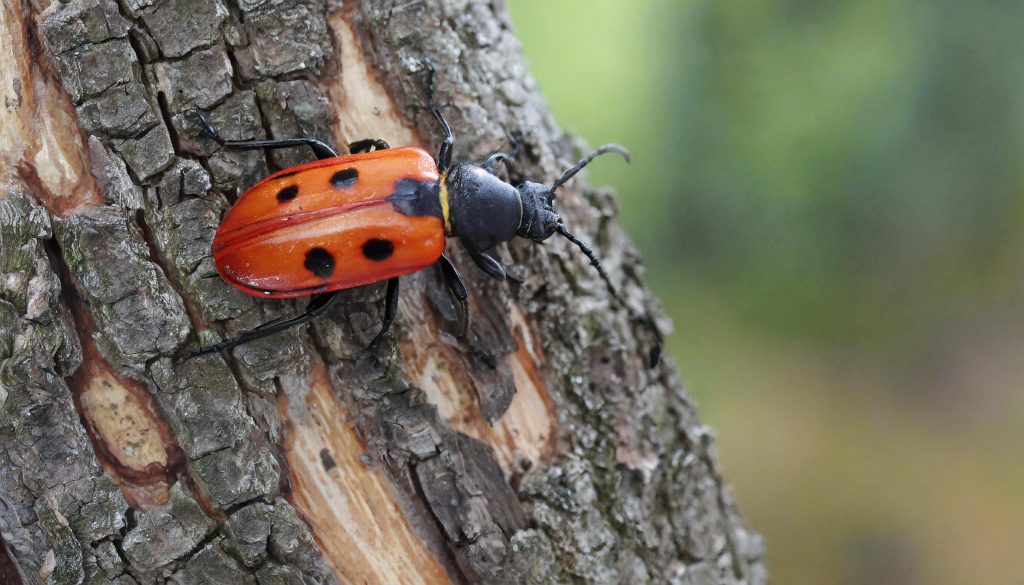
more pictures of the fire beetle >>>
The Aesthetics of the Fire Beetle
Fire beetles, also known as fireflies or fireflies, belong to the family Lampyridae. Their name comes from the fascinating ability of some species to produce light, which is particularly visible at night or at dusk. This spectacular ability to produce bioluminescent signals is not only for aesthetic beauty, but also for communication and mating.
The fire beetle's distinctive coloring, often in bright reds and black, serves as a warning signal to potential predators. These animals contain chemical compounds that can be toxic to other living things. Therefore, the striking color serves as a warning that they are inedible.
Habitat and behavior
The habitats of these fascinating beetles vary depending on the species. Some species prefer moist forest areas, while others can be found in grasslands or even urban environments. The majority of their life cycle is spent in secret - whether as a larva or as an adult beetle.
A particularly fascinating feature of fire beetles is their ability to produce light. Most people associate these fireflies with romantic summer evenings when they dance in the dark. The male beetles send out light signals to attract female beetles. Each species has its own distinctive blinking patterns that are part of the mating ritual.
The life cycle
The fire beetle's life cycle is a fascinating process. After mating, the female lays eggs from which larvae hatch. These larvae often look completely different compared to the adult beetles - they are usually worm-like in shape and feed on snails, worms and other small insects.
The metamorphosis from egg to larva to adult beetle can take different lengths of time depending on the species of fire beetle. But all stages of this cycle are equally remarkable.
The importance of the fire beetle in nature
Fire beetles play an important role in the ecosystem, particularly in pollination and control of pest populations. In both their larval and adult stages, they feed on various organisms that in some cases could cause damage to agricultural crops. In addition, they serve as a food source for other animals in the food chain.
Protection and preservation
Despite their fascinating characteristics, fire beetles and some of their species in particular face various threats, including habitat loss and light pollution, which can affect their ability to orientate and communicate. Protecting their habitats and reducing pesticide use are important steps to ensure their survival.
Overall, fire beetles are a fascinating and important component of nature that deserve our admiration and protection. Their unique aesthetics and behavior make them a true wonder of nature, reminding us of how diverse and amazing life is on our planet. So let's watch them with admiration and take care of their surroundings so that they can bring joy to future generations.

Passionate "phone clipper". Currently with mine Samsung Galaxy S22 Ultra. A great phone with XNUMX TB of storage. Lots of space for experiments. My favorite subjects are plants, Eat & drink, animals, Buildings and Landscapes.
Otherwise, I like to spend my time in nature and sometimes hang out on the PC, with a cozy round Civ or Star Citizen, away. A series is also often sought after on the couch in the evening.

